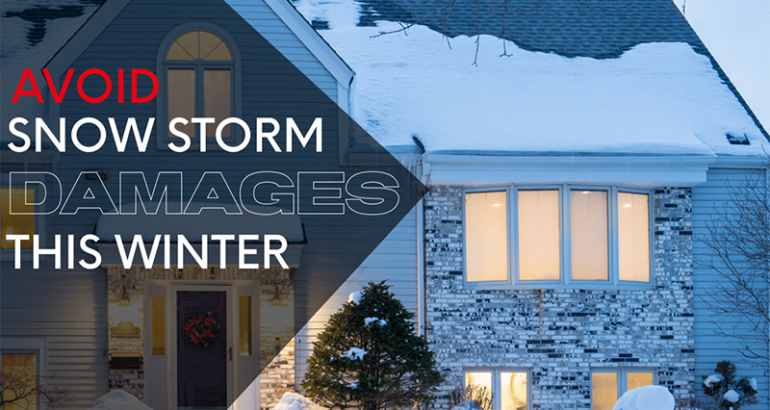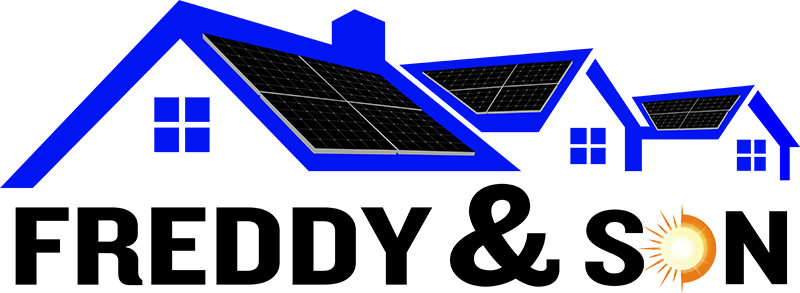
Is The Snow Causing Your Roof To Leak?
Although the icicles on your roof give and feel like a Winter Wonderland, they are symptomatic of a bigger problem- ice dams. When there is an ice dam on your roof, the melted water has nowhere to go. The excessive snow and ice build up can cause damage to your roof, tear off your gutters, and lead to mold and water leaking into your attic and nearby ceilings. But don’t worry just yet! We have highlighted ways to reduce and prevent ice dams from causing severe damage with proper care and prevention tactics
What Is An Ice Dam?
Ice dams form after a heavy snowfall when warm air in the attic of a home causes the underside of a roof to heat up causing the snow on top to melt. Once the snow hits the edge of a roof (also known as eves), it forms an ice mount and traps meltwater– an ice dam — that blocks further runoff.
As the snow continues to melt on the eves of a roof, it has nowhere to go but to seep under the shingles and drips into the house. Not only will you find ice dams on the eves of a roof, they can also form on gutters and around skylights, because of the less insulated design.
How Are Ice Dams Formed?
Most homeowners don’t know that the main cause of ice dams is because of poor roof ventilation. The danger of poor ventilation through the attic during the winter months is a buildup of ice on your roof which causes the ice damming. This is what creates an entry point of moisture that can lead to damaging leaks inside a home. A proper ventilated roof will both maintain the temperature and air quality inside an attic reducing the risk of damages. For more information about roof ventilation, check out our blog “Roofing Ventilation and Why It’s Important!”
How To Prevent Ice Dams?
The best way to prevent ice dams is to keep the entire roof the same temperature as the eaves. If a roof is cold, snow won’t melt as fast and ice mounts will be less likely to form. This is done by increasing ventilation, adding insulation, ice-and-water barriers, and sealing off potential air leaks. This is not a quick fix but a permanent correction, so it requires some effort and, most likely, professional assistance. However, the long run benefits not only include a roof free of ice dams, but a more energy-efficient home! We’d call that a win-win.
Here Are Some Tips To Prevent Ice Dams:
- Increase Ventilation. The first step you want to do is add ventilation that will draw in cold outdoor air to flush out the warmer attic air, which in turn will cool the attic and the roof in the process. It is a constant flow of air quality that will essentially have your roof “breathing” at a consistent temperature.
- Proper Insulation. Insulation works by limiting air movement within the home. The still air trapped in the insulation works to help prevent the heat from escaping from one place to the next. This will avoid the heat build-up in the attic that’s causing the ice on the roof to melt quicker.
- Install ice-and-water barrier. If you’re reroofing, it’s time to get a proper roof installation with an ice-and-water shield. An ice and water shield is a self-adhesive waterproofing roof underlayment that acts as a shield against water and ice damage.
- Keep your roof in good shape. Make sure you are getting your roof inspected every two years just to make sure it’s in good condition and to avoid any underlying issues that may arise. Catch the small problems before they become an even bigger problem!



